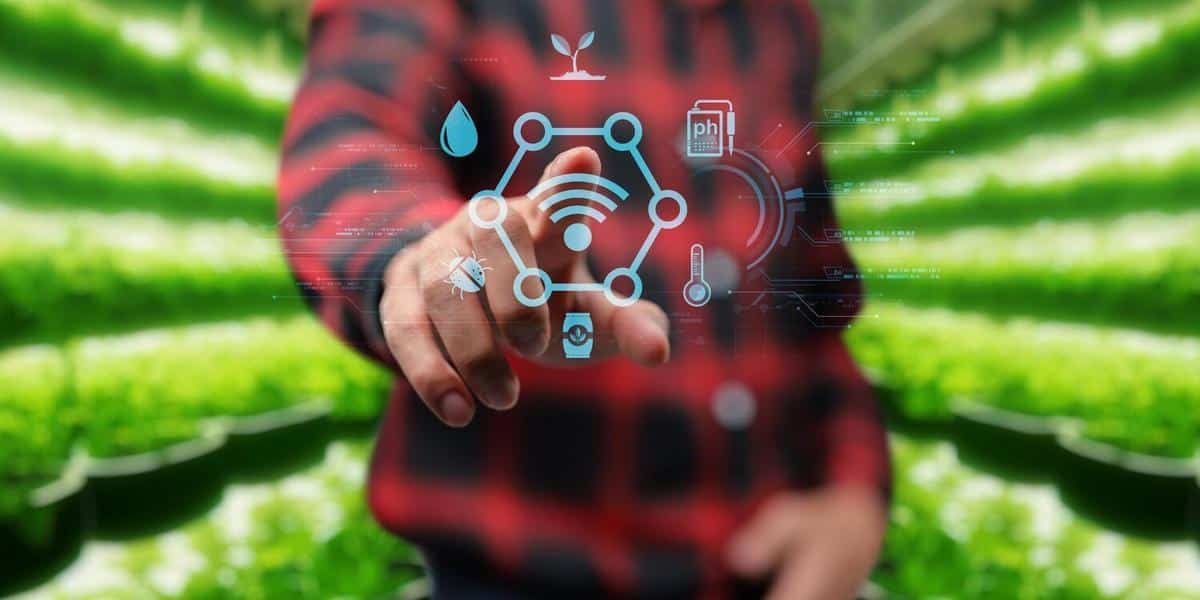
The Role of Blockchain in Food Traceability and Safety
Blockchain technology is weaving its way into various industries, and the culinary world is no exception. As consumers grow more conscious about the origins and safety of their food, blockchain offers a promising solution for enhancing food traceability and safety.
Understanding Blockchain’s Impact on Food Safety
Blockchain, a decentralized ledger technology, provides a transparent and immutable record of transactions. In the context of food traceability, it allows each step of the supply chain—from farm to table—to be recorded and verified. This ensures that consumers and businesses alike can trust the information about their food’s journey.
Expert Insights on Blockchain in Food Traceability
According to Frank Yiannas, Vice President of Food Safety at a leading retailer, blockchain can “transform the way we trace food, improving transparency and trust.” By providing a single source of truth, blockchain helps in rapid identification of contamination sources, thereby reducing foodborne illnesses.
Statistics Supporting Blockchain’s Role
A study by the Food and Agriculture Organization found that foodborne illnesses affect 600 million people annually. Implementing blockchain could significantly reduce these numbers by ensuring prompt action when issues arise.
Real-World Examples of Blockchain in Action
Imagine buying a pack of organic strawberries and scanning a QR code that provides detailed information about the farm they came from, harvest date, and transportation conditions. This is already a reality in some parts of the world, thanks to blockchain.
How to Implement Blockchain for Food Safety
- Partner with blockchain service providers to set up a traceability system.
- Train supply chain partners on how to record and verify data accurately.
- Encourage consumer interaction through QR codes for product transparency.
Benefits of Blockchain in Food Safety
| Benefit | Description |
|---|---|
| Improved Traceability | Track every step of the food supply chain. |
| Enhanced Transparency | Provides consumers with reliable information. |
| Efficient Recall Management | Quickly identify and isolate contaminated batches. |
| Fraud Prevention | Reduces the risk of mislabeling and counterfeit products. |
| Consumer Confidence | Builds trust through verified information. |
| Cost Savings | Reduces waste and inefficiencies in the supply chain. |
| Regulatory Compliance | Meets food safety standards more effectively. |
| Environmental Impact | Promotes sustainable practices through transparent sourcing. |
Frequently Asked Questions
How does blockchain enhance food safety?
Blockchain ensures accurate tracking and transparency throughout the food supply chain, which helps in identifying and isolating problems quickly.
Is blockchain technology expensive to implement?
While there may be initial costs, the long-term benefits, such as reduced waste and improved efficiency, often outweigh the expenses.
Can blockchain prevent all food safety issues?
While it significantly reduces risks, blockchain is not a standalone solution and should be part of a comprehensive food safety strategy.
Conclusion
Blockchain technology holds immense potential in revolutionizing food traceability and safety. By adopting this transparent and secure approach, stakeholders in the food industry can not only enhance safety measures but also build stronger trust with consumers. As you explore tech-infused cooking, consider the role of blockchain as a pivotal element in ensuring the quality and safety of your ingredients.


